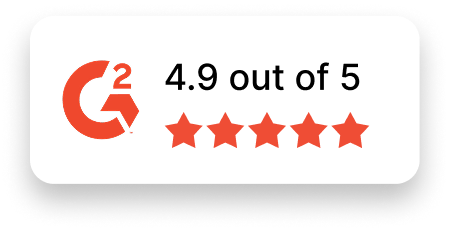Data Engineer Job Description Template
Use this template to craft job descriptions for hiring Data Engineers at various levels. Customize it to suit the unique needs of your organization.
Job Title: Data Engineer
Location: [Specify Location or Remote]
Job Type: [Full-time/Part-time/Contract]
About the Role
We are seeking a talented Data Engineer to design, build, and maintain the infrastructure that powers our data pipelines, ensuring the efficient collection, storage, and processing of data. Your work will enable seamless data accessibility across teams, driving informed decision-making and business success. This role offers the opportunity to work with cutting-edge tools and technologies while addressing complex challenges in a dynamic and collaborative environment.
If you are passionate about building scalable, high-performance data systems, we encourage you to apply.
Responsibilities
- Design, develop, and maintain robust data pipelines to collect, clean, and transform large datasets.
- Implement and optimize scalable data storage solutions, such as data warehouses and lakes.
- Collaborate with data scientists, analysts, and other stakeholders to understand data requirements and deliver effective solutions.
- Monitor and improve the performance, quality, and availability of data systems.
- Ensure data security, compliance, and governance standards are upheld across data pipelines and systems.
- Integrate data from various sources, including APIs, databases, and third-party tools.
- Proactively identify and troubleshoot data-related issues to ensure reliability and accuracy.
- Document workflows, designs, and processes to ensure maintainability and knowledge-sharing.
- Stay up to date with the latest trends and advancements in data engineering and analytics technologies.
Required Skills & Experience
- Bachelor’s degree in Computer Science, Data Science, Engineering, or a related field (equivalent experience will also be considered).
- Proven experience in designing and implementing data pipelines, ETL (Extract, Transform, Load) processes, and big data solutions.
- Proficiency in programming languages such as Python, Java, Scala, or similar.
- Strong knowledge of SQL and experience with relational and non-relational databases, such as PostgreSQL, MySQL, or MongoDB.
- Familiarity with cloud data platforms like AWS, Google Cloud, or Microsoft Azure, and tools such as Snowflake, Redshift, or BigQuery.
- Experience with distributed data processing tools like Apache Spark, Hadoop, or Kafka is a plus.
- Knowledge of data warehousing concepts and data modeling best practices.
- Strong analytical and problem-solving skills with attention to detail.
- Excellent communication and collaboration abilities to work effectively across teams.
Why Join Us?
- Impactful Work: Build essential data infrastructure that empowers teams to make data-driven decisions.
- Career Advancement: Grow your skills and career through challenging projects and ongoing learning opportunities.
- Flexible Work Arrangements: Enjoy the flexibility of remote, hybrid, or on-site work options.
- Collaborative Culture: Join a supportive and innovative team that values creativity and excellence.
- Inclusive Workplace: Be a part of an organization that values diverse perspectives and fosters a welcoming environment for all.
Apply Now
Are you ready to play a vital role in shaping an organization’s data capabilities? Join [Your Company Name] as a Data Engineer and help us build systems that transform raw data into powerful business insights. Apply today!

